October 23, 2022 7:08 PM
Sarah Zaman
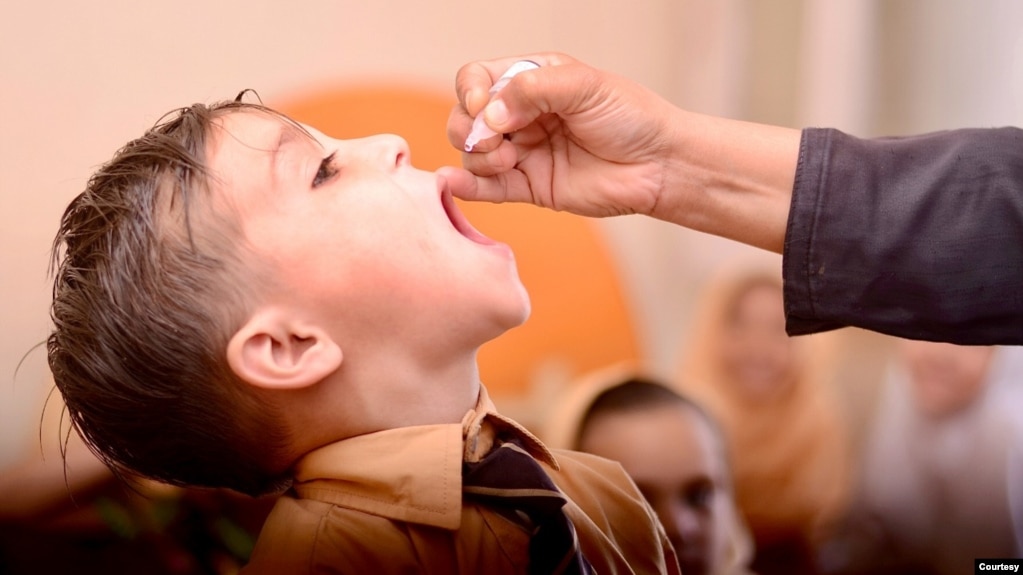
WASHINGTON —
Photos of Zarghoona Wadood sightseeing in Egypt with two other wheelchair-using women went viral last year in Pakistan, becoming a symbol of what women with disabilities can do.
Wadood was just 7 months old when polio paralyzed her legs. Her parents didn’t know to get her vaccinated.
“I can’t even move from my bed unless the wheelchair is near me … the wheelchair is a part of me now,” Wadood, now 38 and employed with the U.N. World Food Program, told VOA.
She is one of thousands of Pakistanis disabled by polio, an incurable and highly infectious viral disease that can infect a person’s spinal cord, causing muscles to stop working.
The invention of polio vaccines in the 1950s and 1960s wiped the disease from the industrialized world, and the Global Polio Eradication Initiative launched in 1988 largely eliminated the disease through mass vaccination campaigns in the developing world as well.
As the global health community marks World Polio Day on Oct. 24, only Pakistan and Afghanistan continue to grapple with the wild polio virus.

In Pakistan
After 15 months without any reported cases of the wild polio virus, Pakistan has recorded 20 cases since April — 17 in the former tribal region of North Waziristan that borders Afghanistan and three from nearby areas.
Dr. Shahzad Baig, who leads Pakistan’s Polio Eradication Program blames a poor security situation, migration patterns, harassment of polio teams, mistrust of the vaccine, and complicity among members of local communities and polio workers to find ways to circumvent vaccination enforcement.
“They are not confident that [the vaccine] is safe for the children," Baig told VOA. "They think that the government is forcing this vaccine on the children, [so] there is some hidden agenda.”
Despite Pakistan's decades-long Polio Eradication Program, many Pakistanis still believe the vaccine will make their children infertile or that it contains pork-based ingredients forbidden by Islamic scripture. In 2019, a rumor that the vaccine was making children sick caused a spike in refusals. That year ended with Pakistan recording 149 cases, significantly more than the year before.
And the vaccine has become a bargaining chip used to pressure the government to meet a community’s needs.
“So, the roads, the bridges, you know, electricity and anything they want there, when the campaign comes, they will say, ‘You do that and that is when we will accept the vaccination,’” Baig said.
Local customs also leave children vulnerable to the virus. Often male health workers cannot enter homes in the absence of a male member of the household. In more conservative communities that don't allow women to work, the lack of female polio workers further limits access to children.
Baig told VOA that less than 1% of polio team members in former tribal areas are women.
Saira Abid, a polio worker from North Waziristan, told VOA it breaks her heart that most of the polio cases were recorded in her ancestral village.
Displaced by the military operation against terrorists in 2014 and forced by financial hardship to break tradition, Abid has been working as a community health worker in Peshawar since 2015.
“Whenever I go to my village, I see the word 'locked' chalked on the wall because men are not allowed to go inside,” Abid said. During a mass-vaccination campaign, polio workers mark the vaccination status of each household on a wall by the main door.
While Abid feels comfortable working in Peshawar’s urban setting, she says it’s not safe for her to work in her village because of strict local customs and the presence of militants. In June, three members of a polio team were killed and another injured in North Waziristan.
Safety is a long-running issue for polio workers in Pakistan. Many have been killed by either militants who see vaccination as part of a Western agenda or attacked by parents angry at being pressed to vaccinate their children.
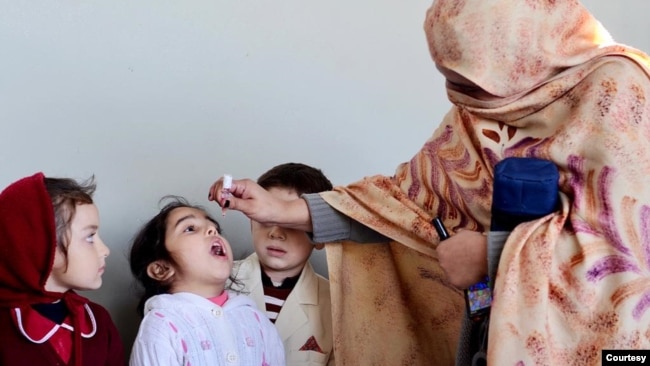
In Afghanistan
Polio worker safety is also an issue across the border in Afghanistan, where eight polio workers were killed in separate attacks in February.
Remarkably, Afghanistan has recorded only two cases of wild polio virus so far this year, indicating the lowest level of the virus in the country’s history, according to the World Health Organization.
However, Afghanistan's cases of vaccine-derived polio stand at 43. The vaccine uses a weak form of the polio virus, which can sometime infect a separate, unvaccinated person.
“If we succeed to implement the planned polio campaigns with high coverage of 95%, we can interrupt the circulation of polio virus by the end of 2022,” Kamal Shah Sayed, a UNICEF spokesperson in Afghanistan, told VOA earlier this year.
The Taliban pledged support for polio campaigns after taking control of Afghanistan last August, but for three years before that, they banned vaccination drives in areas under their control.
Since November 2021, at least seven campaigns have been conducted in Afghanistan.
World Polio Day
On World Polio Day, Afghanistan is wrapping up an immunization campaign while Pakistan is launching one.
From 3.6 million children inaccessible in Afghanistan in 2018, a WHO statement in August said the number of children missing vaccination had fallen to 700,000.
In Pakistan, despite frequent anti-polio drives, more than 400,000 children are missed every year, according to the U.S.-based Centers for Disease Control and Prevention.
Dr. Baig of Pakistan's Polio Eradication Program is concerned that the summer’s massive flooding has increased the risk of polio spreading via unsanitary conditions, and flood victims unhappy with government relief efforts may boycott the campaign to pressure authorities to provide them better facilities.
Zarghoona Wadood, who toured Egypt last year, is also a disability rights activist. She wants parents to learn from her experience and vaccinate their children against polio, just as her parents did for her three younger siblings.
“No matter what I am, I still have a disability, everybody cannot have the same strength that I have," Wadood told VOA. "A lot of people give up and they isolate themselves … so why are you doing this to your children?”
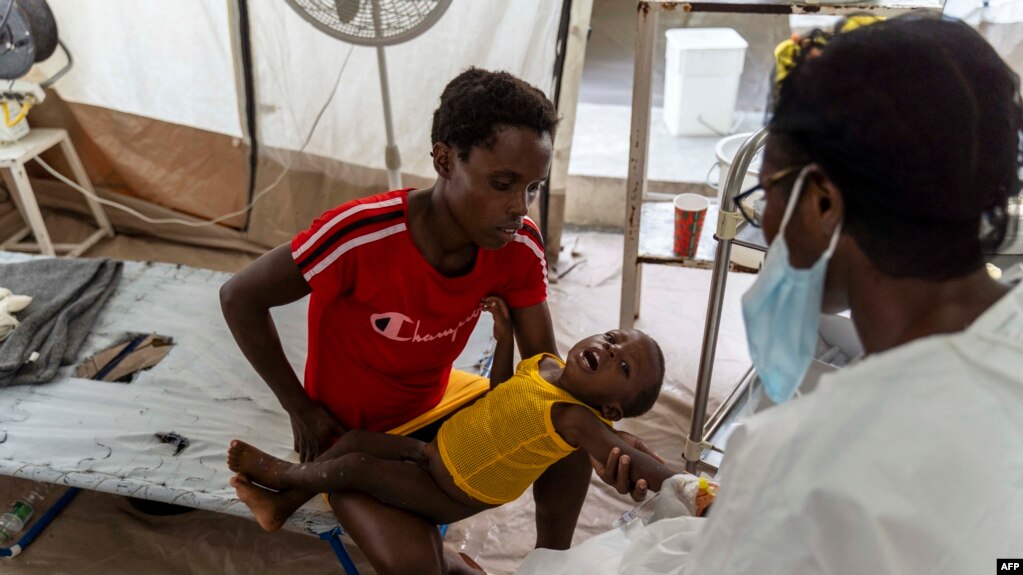

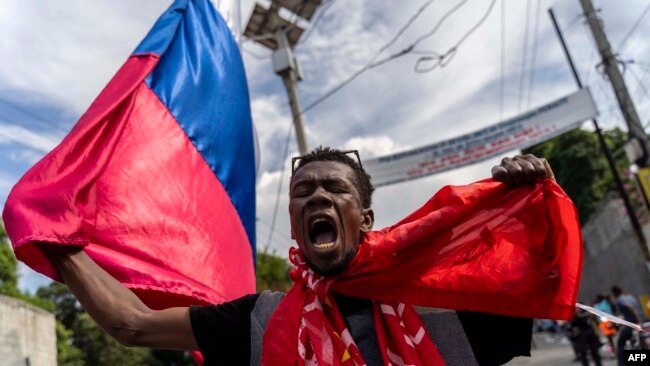

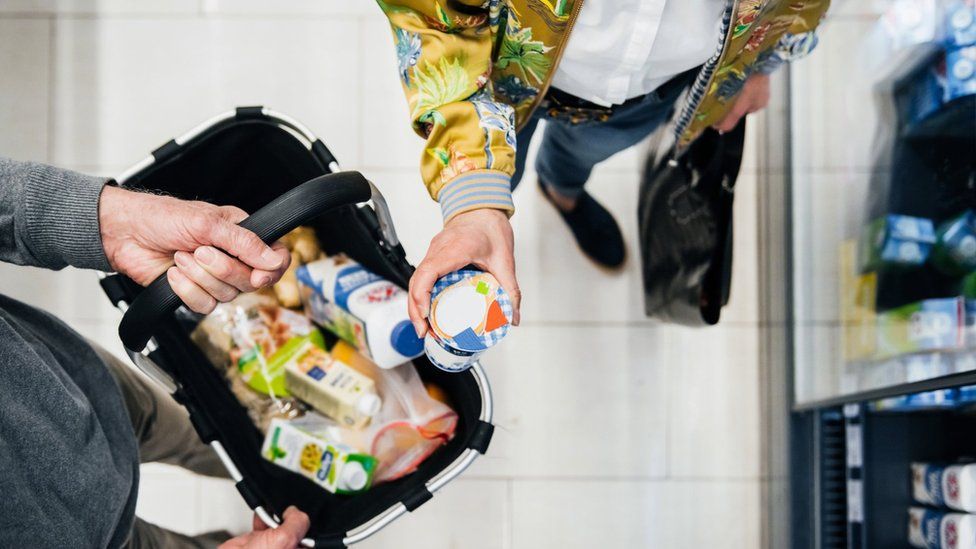
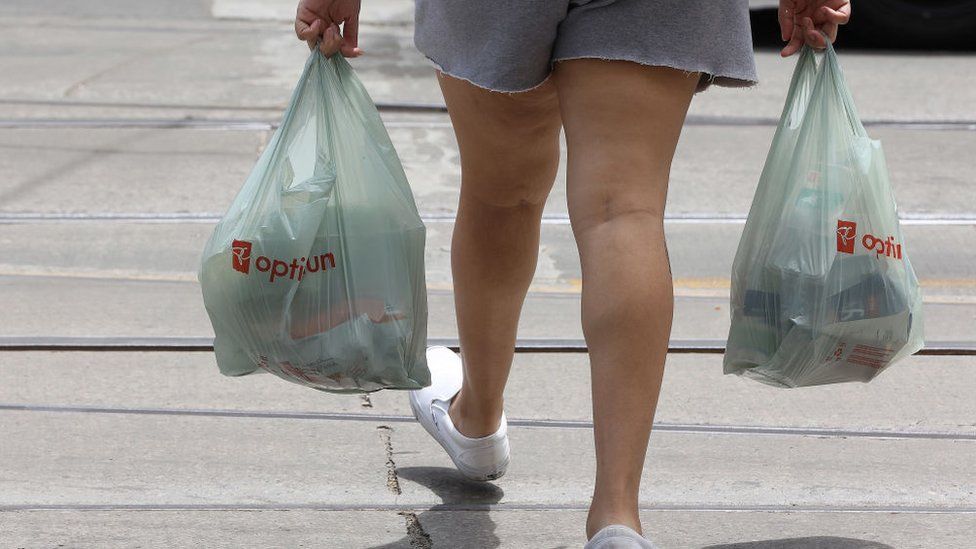
 MUCH HAS BEEN WRITTEN about the wartime intelligence exploits of the Allies against Japan. Such exploits range from the United States’ success in breaking the Japanese JN-25 naval code, to the
MUCH HAS BEEN WRITTEN about the wartime intelligence exploits of the Allies against Japan. Such exploits range from the United States’ success in breaking the Japanese JN-25 naval code, to the  Attachés, and Intelligence Failures: The Imperial Japanese Navy’s Efforts to Establish Espionage Networks in the United States Before Pearl Harbor”.
Attachés, and Intelligence Failures: The Imperial Japanese Navy’s Efforts to Establish Espionage Networks in the United States Before Pearl Harbor”. to recruit “a small number of American and British agents”, most of whom were used as so-called ‘sleeper agents’, and were thus kept mostly dormant in anticipation of a possible war between Japan and the United States. Few of them, however, were able to become fully operational prior to being arrested by American or Mexican counterintelligence.
to recruit “a small number of American and British agents”, most of whom were used as so-called ‘sleeper agents’, and were thus kept mostly dormant in anticipation of a possible war between Japan and the United States. Few of them, however, were able to become fully operational prior to being arrested by American or Mexican counterintelligence.
